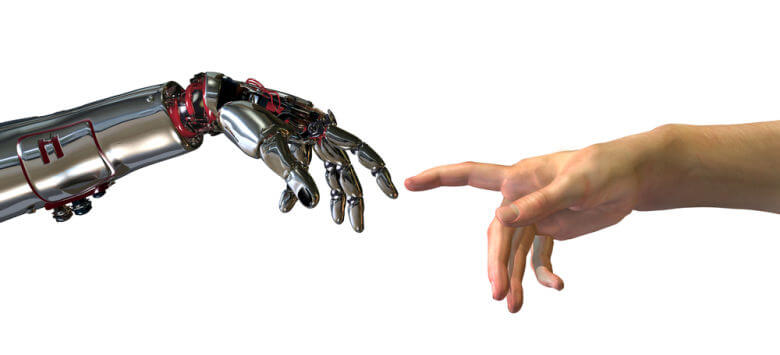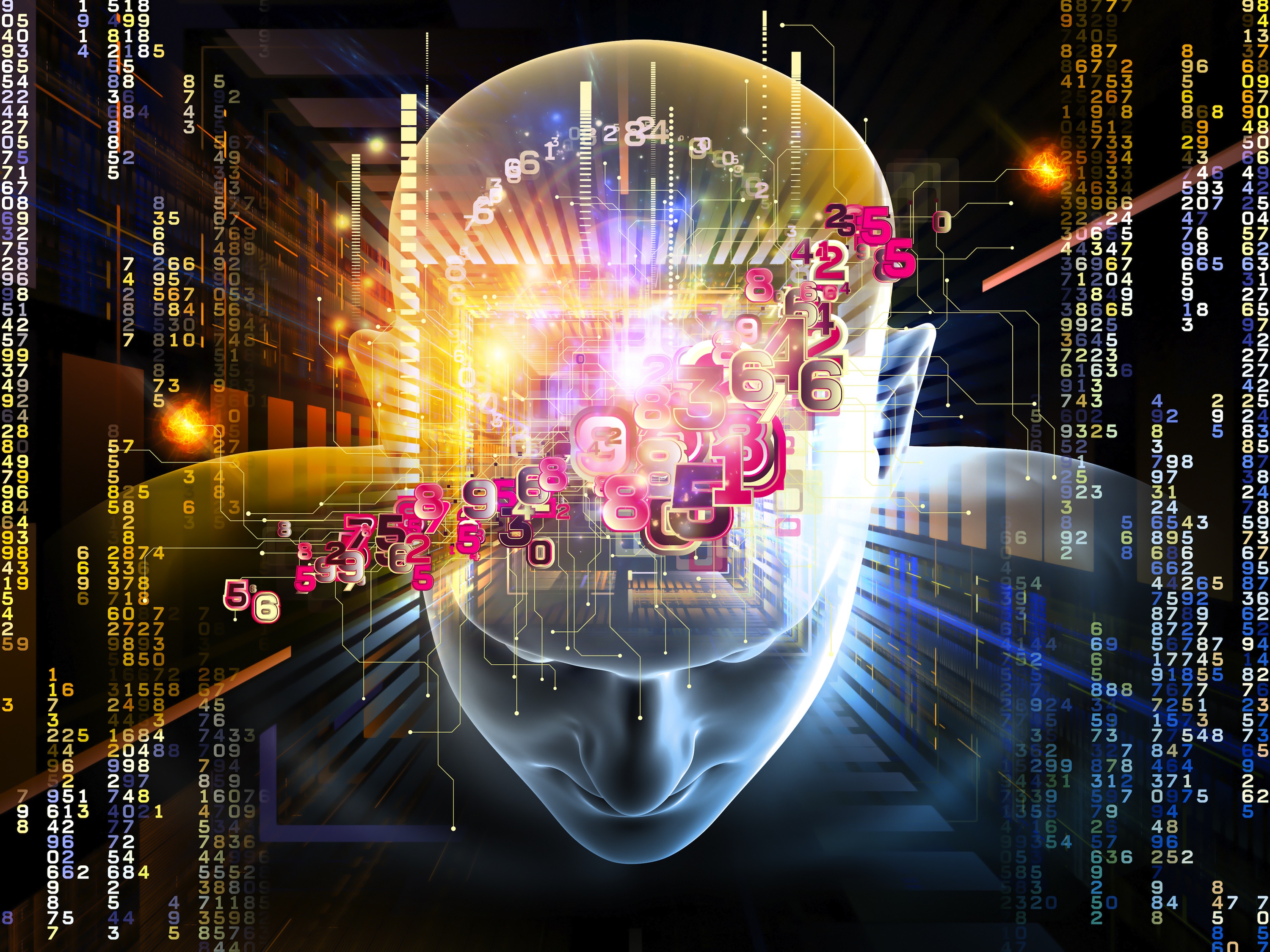The Best 13 WordPress Chatbots For Your Website in 2024
The API provides essential functionality like segment integration, conversation sidebar, and more. Chatfuel is one of the most robust bot-building platforms that allows individuals and enterprises to create AI conversational bots. It is effortless to understand and manage and requires no programming skills. Botpress plugin is very popular worldwide, with more than 9.9k stars on GitHub and 3.5k active community members.
With basic chatbots, you can write questions that sound like human speech. You can foun additiona information about ai customer service and artificial intelligence and NLP. Plus, it typically won’t allow users to provide custom responses, which means it can only cover common conversational pathways. It comes with a simple drag and drop interface which makes it super easy to set up a chatbot for your Facebook page.
This free WordPress chatbot engages visitors in conversations to grow email lists, generate and qualify leads, and set appointments. It also features Chat PG an interactive FAQ feature for educating customers on products and services. You can easily add a chatbot to your WordPress site using ChatBot.
One benefit of Chatra is its live view of visitors and their carts, which can provide valuable insights into customer behavior and help with targeted marketing efforts. The chatbot plugin also has a simple and intuitive design, making it easy for website owners and visitors. WordPress chatbots don’t always have the best analytics tools, so this can help. This is the best WordPress chatbot as it’s armed with the essential functionalities a business might require for seamless communication with visitors. The tool offers rich customization options so that the chat widget design corresponds with your brand style.
AI Chatbot is a great Product and the Support is superior!
With Tidio, you can build chatbots quickly using 35+ pre-defined templates. You can also write answers for commonly asked questions and Tidio will deliver those responses when customers ask similar questions. NLP and ML help chatbots detect customer intent and generate accurate responses to user concerns.
Let’s go through each of these platforms and explore them more in-depth.
Best AI Chatbot Platforms for 2024 – Influencer Marketing Hub
Best AI Chatbot Platforms for 2024.
Posted: Thu, 28 Mar 2024 07:00:00 GMT [source]
They can be useful if you have a high volume of requests to process on a daily basis. This real-time communication tool is very often used in customer service and technical support, as it offers a fast, direct response to users’ needs. Adding a chatbot to your WordPress website will allow you to provide 24/7 customer support to your visitors, even when your support team isn’t available. ++ Upgrade to WPBot Pro to power your ChatBot with OpenAI (ChatGPT) fine tuning and GPT assistant features.
These tools make it easy to hand off your tasks to automate the sales process. Displaying your products through cards and carousels is a simple way for customers to swiftly discover what they seek. This feature is even more helpful when showcasing ongoing product discounts. Once a choice is made, the chatbot seamlessly integrates selected items into the cart and provides a concise order summary, streamlining the shopping experience. Enjoy this list of seven WordPress chatbot plugins based on their features and online reviews. There’s no AI incorporated, but you can integrate it with tools such as Google Docs, Slack, or email to streamline the transmission of captured data to your preferred form of intake.
Products
Sure thing, there is a custom plan that may be ideal for a big organization. In reality, not everything people call AI has anything to do with real artificial intelligence. Moreover, small and mid-sized companies rarely need AI-powered chatbots that require tons of data to process for correct work. Leave your email address with a chatbot, and maybe someone from a support team will get in touch with you later. From time to time, we would like to contact you about our products and services, as well as other content that may be of interest to you. If you consent to us contacting you for this purpose, please enter your name and email address above.
7 Best AI Chatbots For Your WordPress in 2023 Magnum Learn – Magnum Photos
7 Best AI Chatbots For Your WordPress in 2023 Magnum Learn.
Posted: Thu, 29 Feb 2024 11:22:02 GMT [source]
MyAlice is modern customer support and social selling platform that helps hundreds of growing ECommerce and DTC brands daily. It connects all your socials and website inventory in one platform, streamlining customer interactions like order process, order canceling, and order updates in one browser tab. With the plugin, you can monitor your agents’ conversation quality with the customers, their conversion rates, and response time to improve your customer support.
What is the Best WordPress Chatbot?
After customizing the chatbot according to your business needs, you should test it thoroughly. Here, it usually involves entering an API key, allowing your chatbot to communicate with the backend of WordPress. As of now, we will provide you with the step-by-step process to install a chatbot on WordPress. You can also make a highly-optimized marketing strategy and present it to your customers after initiating a conversation.
In this article, we will share the best WordPress chat plugins that will help you communicate with your users. What sets DocsBot AI apart from its competitors is that it can also be used to generate AI content. As an AI writer, you can train it to support and write marketing materials while retaining your exact voice and brand identity.
Your decision will probably come down to what paid features, if any, you need to use. Comparing each of these chatbot services against each other can take some time. Hopefully, this list can trim that best chatbot for wordpress requirement down and you can narrow your list to a few possible choices. In the end, since many of these can be used for free, we recommend giving several a try before making your ultimate decision.
How chatbots can help agents improve customer support
You can leave the other settings as they are and click the ‘Create’ button. Simply select an industry of your choice from the dropdown menu and click the ‘Next’ button. After that, toggle the ‘Hide chat on mobile’ switch to ‘On’ if you don’t want people visiting your website from their phones to be able to see the chatbot. Once you are done, don’t forget to click the ‘Publish’ button at the top to store your settings. Next, select the ‘FAQ’ block from the ‘Go to’ dropdown menu and click the ‘Save Settings’ button.
Smartsupp reduces your support ticket volume with fast responses, 24/7 availability, and real-time order updates (for Shoptet). There has been one recorded security or vulnerability issue with Chatbot with IBM Watson. However, some reviewers have noted that the interface looks outdated and may not be intuitive, especially when it comes to inserting HTML code and manually sending surveys. However, Chatra may have limited updates and new features, and order updates are only available through live chat with an operator. It’s a simple yet effective way to qualify leads and move them through the sales pipeline more quickly. Customers can also check on their order status, find out their account balance, and get answers to billing or payment questions.
The main goal of this site is to provide high quality WordPress tutorials and other training resources to help people learn WordPress and improve their websites. You can even reduce the number of support tickets on your site by immediately solving problems through chat widgets. It adds a floating chat widget to your website and lets you choose a trigger for when the chatbox should be displayed.
Its responses are predetermined and not personalized, making it ill-suited to complex conversations. They’re all used to communicate with web users and offer them different things. Let’s take a look at each of them, to make sure everything is clear to you. While the term chatbot is used generically to describe a computer robot, there are three “main” categories.
This will open another rule where you can simply add the URL of the page where you want to hide the chatbot in the field on the right. Here, you have to choose where the chatbot widget will appear on your website. You will then be directed to your HubSpot account, where you will be creating the rest of your chatbot. Once you have provided your details and set a password for your new account, HubSpot will ask you about the industry that you work in.
Chatra is a good option for businesses looking for a chatbot solution focused on sales and lead generation, with customizable templates and live visitor insights. However, businesses looking for more advanced AI capabilities, frequent updates, and new features might want to look elsewhere. Opting out for a full-fledged chatbot solution with a native WP plugin is probably the best decision in the long run.
Tidio even integrates with WooCommerce and allows your support team to see a customer’s cart, check their order history, and recommend other products in the chatbox. ChatBot comes with pre-made templates, a chatbot testing tool, a customizable chat widget, and integrations with platforms like Slack, Facebook, WhatsApp, and more. As we’ve seen in detail, there are different types of chatbots, and choosing a particular solution might come down to the features each offers.
The chat also integrates with HubSpot’s powerful CRM features so you can follow up with all your leads. If you want to add live chat functionality to your website, then we recommend using LiveChat, which is the best live chat solution for WordPress. In our expert opinion, LiveChat is the best WordPress chat plugin, especially for online stores, because of its comprehensive features and integration with WooCommerce. This can help you build an email list or communicate with your customers using SMS, email, or Slack. There was a time when handling a PDF file was straightforward—limited mostly to reading and perhaps minor editing.
If it gets in trouble and can’t answer, it can ID the chat topic and send the person to a human support person. Botsonic is ideal for businesses looking to enhance customer support without needing to hire human support staff. Whether you’re a small business owner or part of a large enterprise, Botsonic can simplify your support system, making it more agile and customer-friendly. Adding chatbots to a website is one of the easiest ways to make it more engaging and helpful. And nowadays, creating, training, and rolling out a chatbot is easier than ever. We’ve sifted through the best WordPress chatbots for your websites, comparing their features and costs.
Firstly, round-the-clock support enables customers to get answers to common questions anytime. Secondly, it enables the customers to register a query or complaint that chatbots are unable to solve. The chatbot detects user intent along with other customer details to provide agents with all the context https://chat.openai.com/ they need before the conversation even starts. Zendesk AI also helps organize and prioritize support tickets across both email and messages to reduce manual sorting. Provide instant responses to customer queries 24/7 and proactively message users with custom greetings to boost engagement.
You don’t need any coding knowledge or previous experience to use it. It is designed to detect intent and engage with the customer, rather than simply being intended to free up the time of your live chat agents. It allows you to communicate your clients by using web and mobile friendly chatbot, Facebook Messenger chatbot, and more. Chaty is a well-known WordPress plugin that offers a multi-channel communication platform. With this plugin, you can easily chat with your website visitors through Facebook, Messenger, Slack, Telegram, and more. GrooveHQ is the #1 top-rated help desk software used by big brands like AT&T, CloudApp, AppSumo, HubSpot, and more.
Check out our premium Live Chat Pro Max plugin to provide real time customer support. If you have no worries with your budget, choose any suitable WordPress chatbot according to your needs. In this plugin, you get building blocks that you can leverage to create chatbots according to your business.
- With WordPress chat plugins, you can further improve the quality of the customer service on your site by helping users address their concerns over live chat and providing support.
- Remember to look for functionalities that are important for your unique business needs.
- However, with the Tidio+ package, individuals can harness sophisticated AI to create chatbots designed to minimize customer attrition and solve issues.
- Once you are done, scroll down to the ‘Visitor information and behavior’ section.
- A chatbot should provide information without clicks, and responses should be to the point.
This no-code chatbot plugin provides omnichannel support with integrations with WhatsApp, Telegram, Messenger, and of course, WordPress. It offers a video training library to walk users through their features, and also has a helpful YouTube channel for even more tips. There are times when the customer is willing to buy a product or service, but they want answers to some simple questions. However, if they aren’t able to find these answers quickly, they leave the website or store. If there is a customer service representative to answer these basic questions, it will increase the cost of a business. Easily set up your AI bot using their chatbot templates and start serving customers with AI-powered product suggestions, package tracking, FAQ answers, and more.
Many providers of WordPress chatbots provide a free version of their software. ArtiBot helps you get more leads, schedule appointments, and even collect payments. This WP-chatbot provides conversational flows with field validation to recognize numbers, dates, etc.
Chatbots are used in a variety of industries, including customer service, marketing, and sales. Chatbots can provide a number of benefits, including 24/7 availability, automated responses, and the ability to handle large volumes of requests. For developers and agencies, many clients want to add chatbots to their websites in the easiest way possible. WordPress developers have created a number of plugins that allow you to integrate chatbots into your website. Let’s take a look at some of the most widely used WordPress chatbot plugins available today. These chatbots work with third-party services, or internally on their own, to offer a chat experience for visitors of all types.
|
Zachary Paul
Zachary Paul is an independent investigative journalist living in New York City. |


















